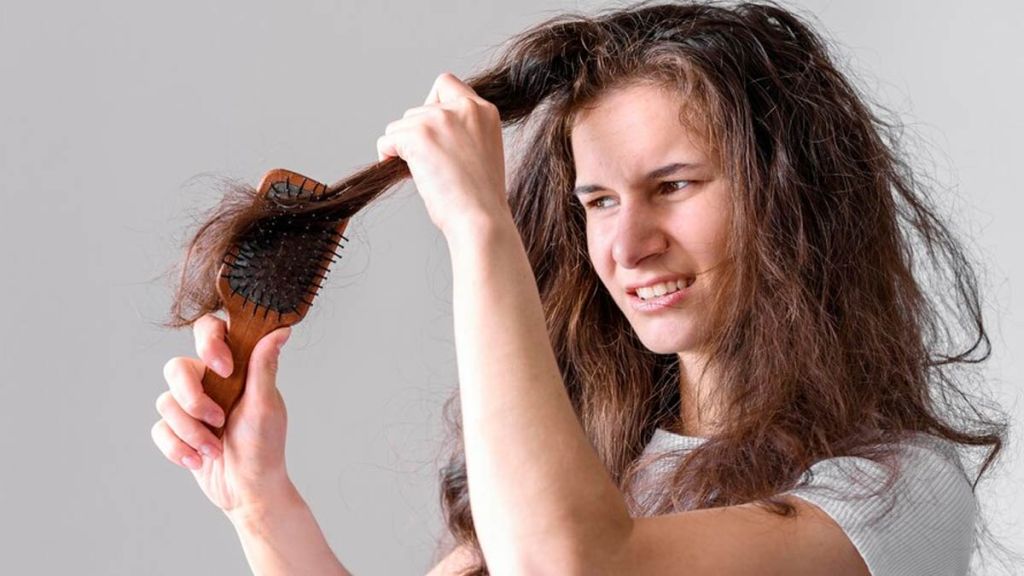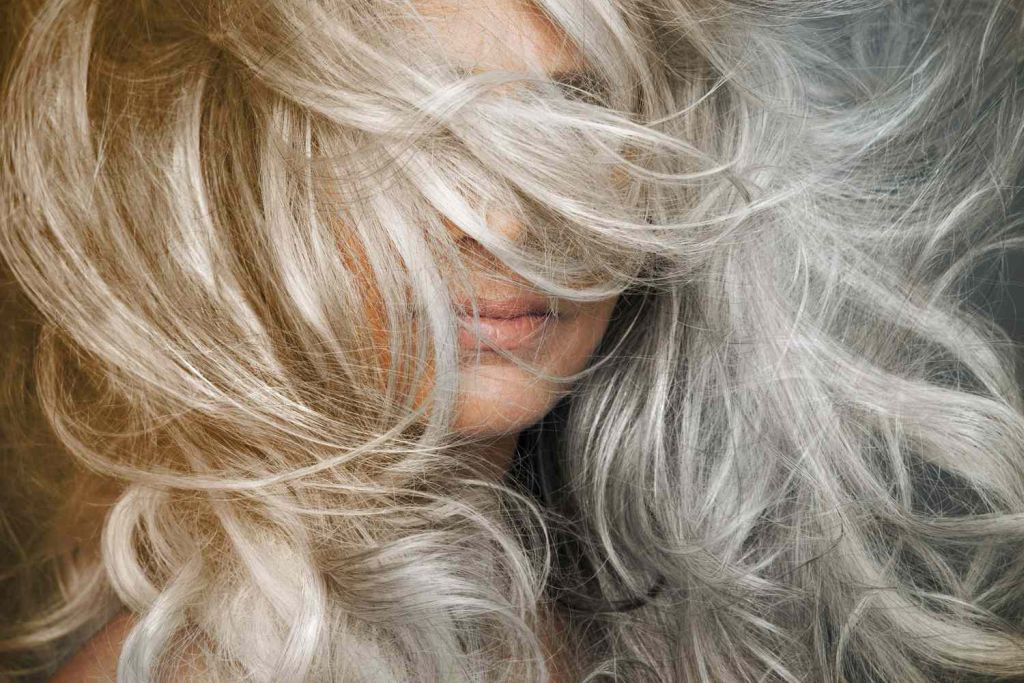Hair damage can stem from countless factors, including heat styling, chemical treatments, or even environmental stressors. What many don’t realize is that hair damage can often be reversed—or at least significantly improved—using natural methods. This guide will help you understand how to nurture your hair back to health using proven natural remedies and simple at-home treatments.
What Causes Hair Damage?
Before tackling hair repair, it’s essential to first recognize the most common causes of hair damage. This will not only help you identify what might be harming your hair but also guide you in preventing further damage.
Key Culprits of Hair Damage
- Heat Styling: Frequent use of straighteners, curling irons, or blow dryers weakens the hair shaft over time.
- Chemical Treatments: Coloring, bleaching, or relaxing treatments strip the hair of natural oils, leading to dryness and breakage.
- Environmental Factors: Prolonged sun exposure, pollution, or harsh weather elements can also contribute to damage.
- Improper Hair Care: Over-washing, excessive brushing, or using the wrong products for your hair type are all contributing factors.
Why Opt for Natural Hair Repair Methods?
Natural hair repair methods stand out because they are gentle, chemical-free, and often more cost-effective than salon treatments. They work to nourish the hair by delivering essential nutrients and oils directly from nature. Additionally, many natural remedies are safer for people with sensitive scalps or allergies.
Choosing natural solutions isn’t just beneficial for your hair; it’s also an environmentally friendly choice. These remedies typically avoid the synthetic chemicals that can harm waterways and ecosystems.
Understanding Your Hair Type
Every head of hair is unique, and understanding your specific hair type is key to choosing the right repair solutions.
Common Hair Types
- Straight Hair: Often prone to grease and lacking volume but less prone to split ends.
- Wavy Hair: Can be prone to frizz and dryness but benefits from lightweight hydration.
- Curly Hair: Naturally dry due to its structure, meaning it requires heavier moisture.
- Coily Hair: Extremely dry and fragile, needing deep conditioning and minimal manipulation.
Identifying your hair type will guide you toward the most effective natural treatments, ensuring your efforts are targeted and impactful.

Natural Oils and Ingredients for Hair Repair
Nature provides a bounty of ingredients that promote hair health and repair damage without the need for synthetic chemicals.
Top Natural Oils for Hair Repair
- Coconut Oil
- Repairs split ends by penetrating deep into the hair shaft.
- Use it as a pre-wash treatment to strengthen and protect your strands.
- Argan Oil
- Often referred to as “liquid gold,” argan oil smooths frizz and restores shine.
- Apply a few drops post-wash for moisture and manageability.
- Castor Oil
- Encourages hair growth while also thickening and fortifying strands.
- Ideal for scalp massages to promote healthy roots.
Nourishing Ingredients to Look Out For
- Aloe Vera: Hydrates the scalp and reduces inflammation.
- Honey: Acts as a natural humectant, locking in moisture.
- Avocado: Packed with vitamins B and E that strengthen and repair the hair.
DIY Hair Masks and Treatments
Repairing damaged hair doesn’t mean breaking the bank—many powerful treatments can be made at home using simple pantry ingredients.
Coconut Milk & Honey Restorative Mask
Ingredients
- 1 cup of coconut milk
- 2 tablespoons of honey
Instructions
- Mix the ingredients until smooth.
- Apply generously to damp hair, focusing on the ends.
- Leave it on for 30 minutes before rinsing thoroughly.
Avocado & Banana Fortifying Mask
Ingredients
- 1 ripe avocado
- 1 ripe banana
- 1 tablespoon of olive oil
Instructions
- Blend all ingredients until creamy.
- Work the mixture from scalp to ends.
- Leave on for 20 minutes, then wash as usual.
Egg Protein Repair Treatment
Ingredients
- 1 egg
- 2 tablespoons of yogurt
Instructions
- Whisk the egg, then add the yogurt.
- Apply the mixture to wet hair and leave for 15 minutes.
- Wash with a mild shampoo.
Note: This mask is best for restoring strength to extremely damaged hair.
Tips for Preventing Future Damage
- Limit Heat Styling: Only use heat tools when necessary, and always apply a heat protectant.
- Wash Strategically: Use lukewarm water and sulfate-free shampoos to support natural oils.
- Stay Hydrated: Healthy hair starts from within—drink plenty of water and maintain a balanced diet rich in vitamins.
- Protect Your Hair: Invest in silk pillowcases, avoid harsh hair elastics, and braid your hair to prevent tangles.
Start Your Repair Journey Today
Damaged hair can feel overwhelming, but the good news is there’s hope—and it’s natural. By understanding the causes of damage, using quality natural treatments, and making a few key lifestyle changes, you can restore your hair’s health and shine.
Looking to make the process even simpler? Join our community of natural hair care enthusiasts for expert tips, recipes, and insights. Start your repair journey today and fall back in love with your hair!

